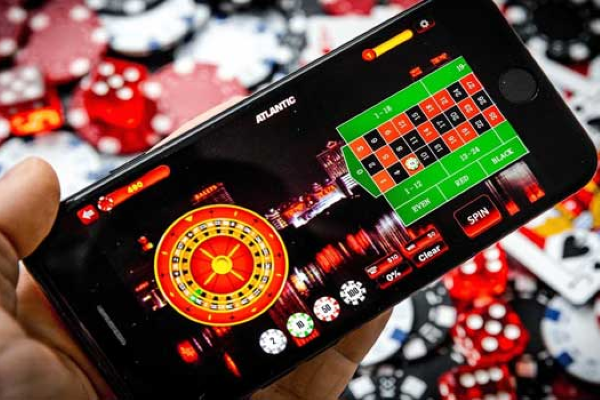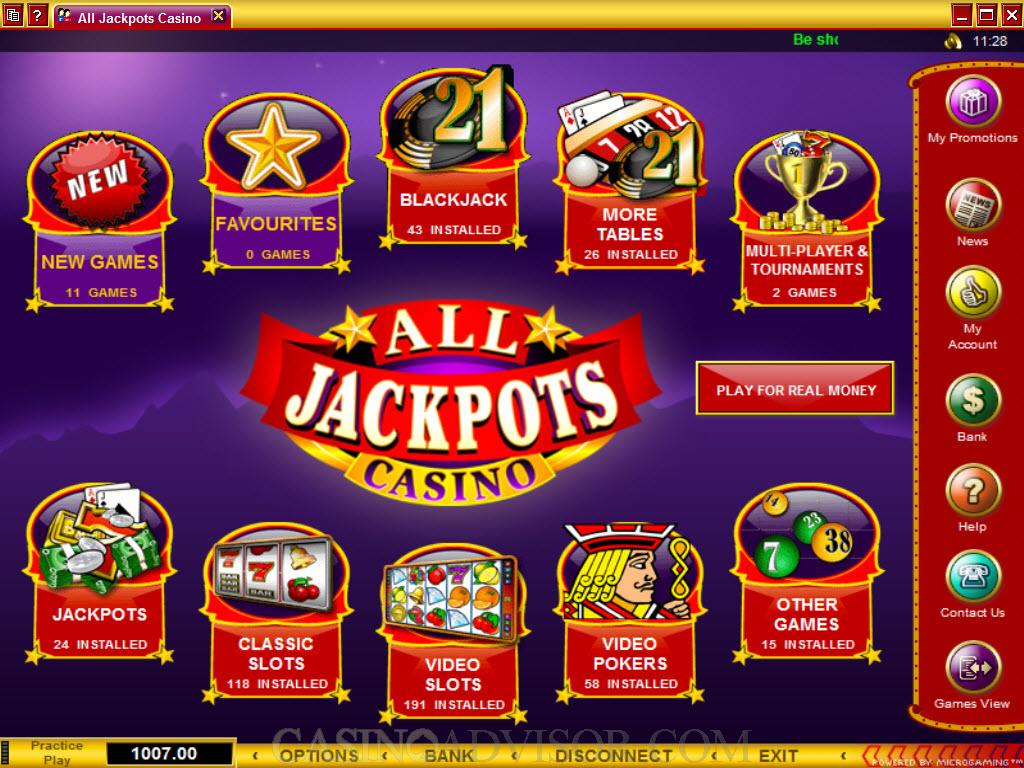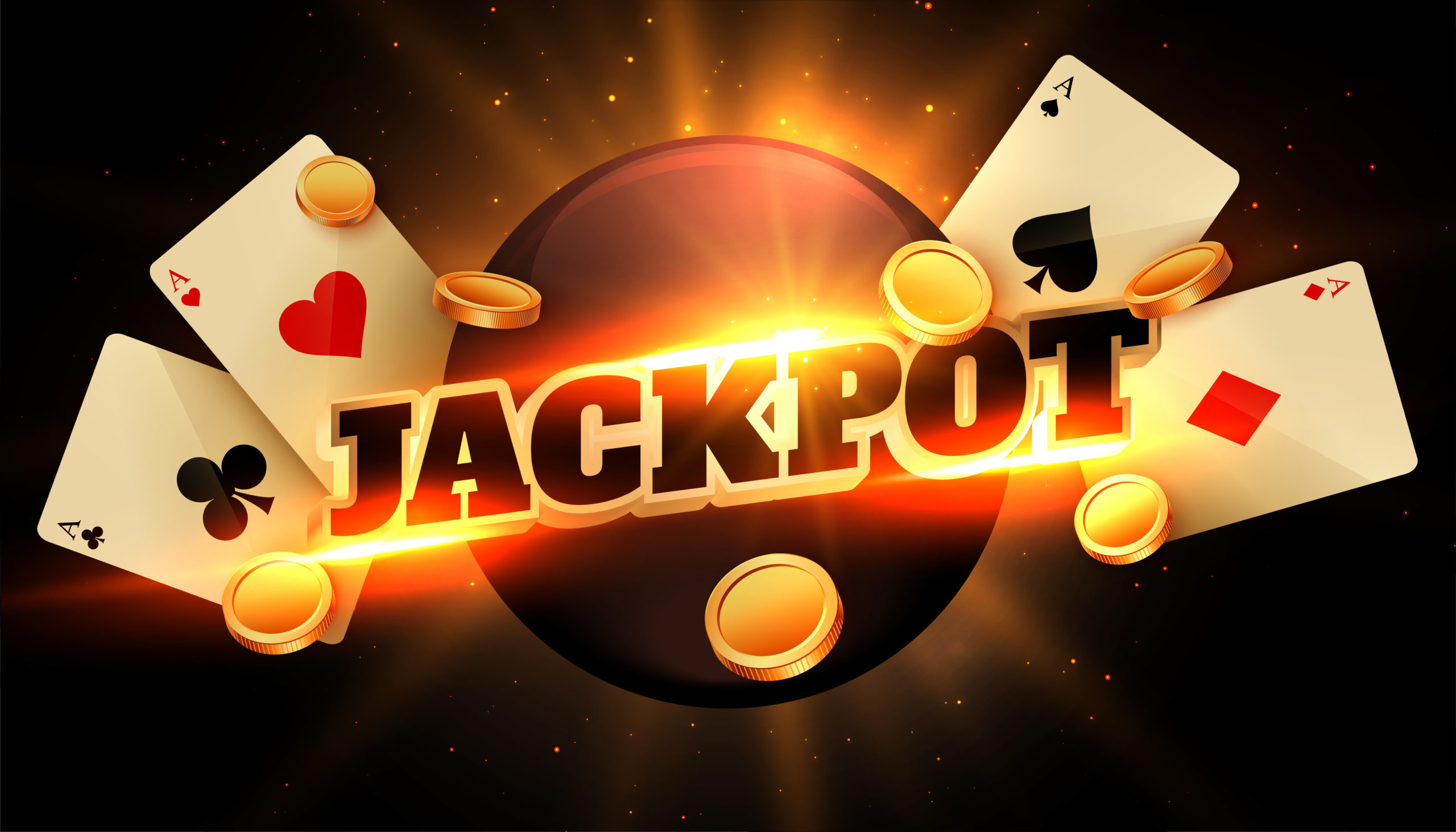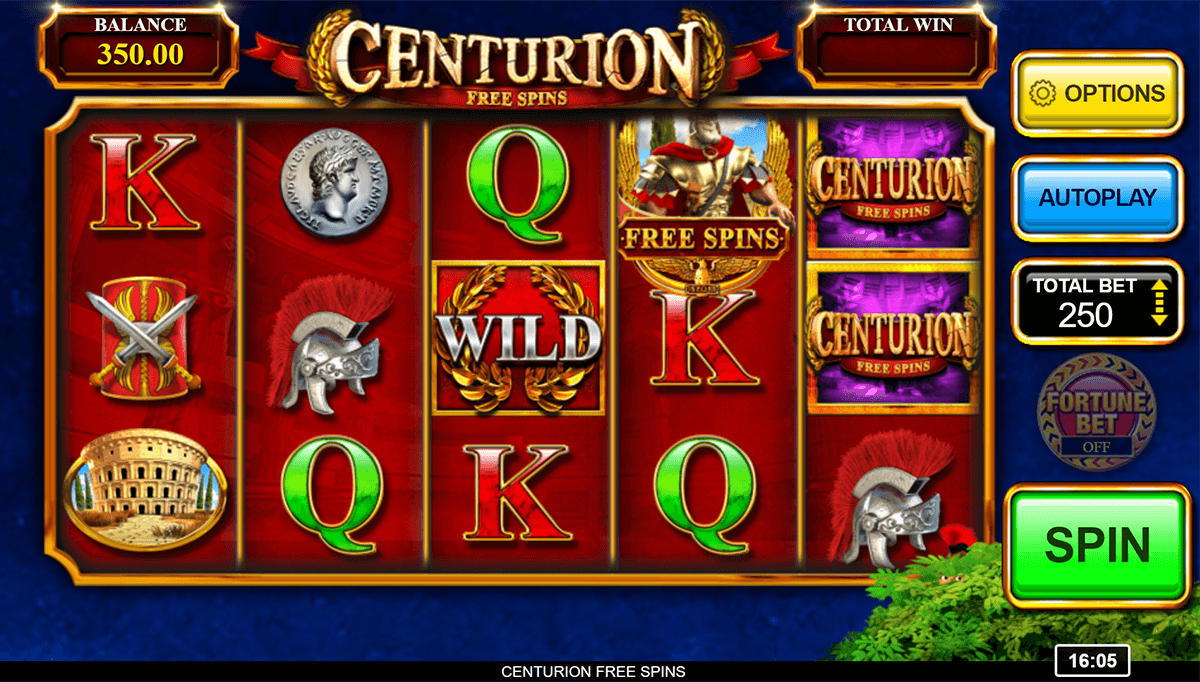
ოლიმპის კარიბჭეში მოგზაურობის დაწყებისას აღმოაჩენთ, რომ wild სიმბოლოები მნიშვნელოვან როლს თამაშობენ. ეს სიმბოლოები სხვებს ცვლის და ამაღლებს მომგებიანი კომბინაციების შექმნის თქვენს შანსებს. გაფანტული სიმბოლოები კიდევ უფრო აძლიერებს თამაშს მოგებების გამრავლებით მიმდებარე განლაგების საჭიროების გარეშე, რაც მნიშვნელოვნად ზრდის თქვენს პოტენციურ ჯილდოებს. სტრატეგიის გონივრულად დაბალანსებამ შეიძლება მიგიყვანოთ განსაზღვრული მნიშვნელოვანი ჯეკპოტების ხელში ჩაგდებამდე, მითიურ ლანდშაფტებში მოგზაურობისას და ფარული განძის აღმოჩენისას. Gates Of Olympus Free Play

ძირითადი დასკვნები
- ველური სიმბოლოები ანაცვლებს სხვადასხვა სიმბოლოებს მომგებიანი კომბინაციების შესაქმნელად და დიდი მოგების შანსების გაძლიერებისთვის.
- გაფანტული ელემენტები გამოწვევენ დამატებით გამრავლებებს და უფასო დატრიალებებს, რაც ამაღლებს მოგების ჯამურ პოტენციალს.
- სკატერებიდან მიღებული უფასო ტრიალები დამატებით გამარჯვების შესაძლებლობებს გთავაზობთ დამატებითი დასავლების გარეშე.
- ბონუს ტური მამრავლებითა და კასკადური ბორბლებით ზრდის ინტერესს და პოტენციურ მოგებებს.
- დიდი მოგების მიზნების განსაზღვრა და გართობის მოდელების ანალიზი შეიძლება გააუმჯობესოს ტაქტიკები და მიღწევები.
შეისწავლეთ ოლიმპოს ლეგენდარული სფერო
ოლიმპის კარიბჭის შესწავლისას, თქვენ დაპატიჟებული ხართ შეისწავლოთ მითიური სამყარო, სადაც ძველი ღმერთების ბრწყინვალება ცოცხლდება.
ეს არის სამფლობელო, სადაც ლეგენდარული არსებები, როგორიცაა ჰარპიები და გრიფონები, მოძრაობენ და ღვთიური სულის ჰაეროვან გამოსახულებას განასახიერებენ. თითოეულ ნაბიჯზე მითიურ საგანძურს, ღმერთებისადმი მიძღვნილ შესაწირავს შეხვდებით, რომლებიც theguardian.com თავისუფლების დაპირებებით ბრწყინავენ.
ჰაერი მოლოდინითაა გაჯერებული, რადგან ყოველი ნივთი საუკუნეების საიდუმლოებებს ინახავს, რომლებიც გამჟღავნებას ელოდება. თქვენს ძიებაში თითოეული დეტალი საფეხურად იქცევა, რაც ამ შთამბეჭდავი ლანდშაფტის გაგებაში დაგეხმარებათ.
მოგზაურობისას თქვენ არა მხოლოდ მნახველი ხართ, არამედ აქტიური მონაწილე ხართ უძველესი ისტორიისა, რომელიც გაშლის დროისა და თვით ღვთაებრივის მიერ ნაქსოვ იდუმალ ქსოვილს.
გიჟური სიმბოლოების ხიბლი
უძველესი ოლიმპოს ტერიტორიაში, ველური სიმბოლოები თავიანთი ცხოვრების ცვლადი შესაძლებლობით მოიზიდავენ და გაოცებენ. ისინი გეიმპლეის კომპლექსური ლაბირინთის ამაღელვებელ შესაძლებლობებს ავლენენ.
Wild სიმბოლოების სარგებელი ცხადია, რადგან ისინი დარჩენილ ნიშნებს ცვლიან, რაც ზრდის გამარჯვებული ხაზების შექმნის თქვენს შანსებს. როდესაც Wild ნიშნების კომბინაციებს შეხვდებით, აღფრთოვანება იზრდება, რაც შეუდარებელი ეფექტურობით მნიშვნელოვანი მოგებისკენ გიბიძგებთ.
მათი არსებობის ცვლადი ძალა მხოლოდ გამარჯვების ამაღლებაში არ დამოკიდებულია; ეს სრული გეიმპლეის გამოცდილების გარდაქმნაშია, რაც დიდ ჯეკპოტებთან მიახლოებისას მოქმედების განცდის გათავისუფლებაში გეხმარებათ. თითოეული ტრიალი განთავისუფლებისკენ მიმავალ მოგზაურობად იქცევა, სადაც გიჟური ბუნების არაპროგნოზირებადობა გაოცებასა და სტრატეგიას აძლიერებს.
მიიღეთ მიზიდულობა და მიეცით გიჟური ნიშნების შესაძლებლობა, ცვლიან თქვენი გზა ოლიმპოს ღვთაებრივ სიმდიდრეში.
თამაშში გაფანტვის ძალა
მიუხედავად იმისა, რომ wild ნიშნები თავიანთი რევოლუციური როლით აღაფრთოვანებენ ადამიანებს, გაფანტვები უნიკალურ და ძლიერ გავლენას ახდენენ Gates of Olympus-ის გეიმპლეიზე.
გაფანტვის მექანიკის წყალობით, ყოველი ტრიალი ზრდის თქვენს აღფრთოვანებას და გათავისუფლებთ მონოტონური გეიმპლეისგან. ამ ნიშნებს არ სჭირდებათ ერთმანეთის გვერდიგვერდ განლაგება; მათი ბარაბნებზე ყოფნაც კი ააქტიურებს მათ გამარჯვებულ პოტენციალს.
როდესაც ისინი გამოჩნდებიან, ისინი ბონუს მამრავლების შესაძლებლობას აძლევენ, რაც თქვენს გამარჯვებას ექსპონენციალურად ზრდის. წარმოიდგინეთ, რომ რამდენიმე გაფანტვის სიმბოლოს აგორებთ და უყურებთ, როგორ იზრდება თქვენი პოტენციური გამარჯვებები, რაც თითოეული დატრიალებისას მოლოდინსა და თავისუფლებას ქმნის.
არსებითად, სკატერები ბარიერის როლს ასრულებენ, რომლებიც ჩვეულებრივ დატრიალებებს უნიკალური შემოსავლის მიღების შანსებად გარდაქმნიან და იმ ზღვარზე გინარჩუნებენ, რასაც ტრადიციული შეზღუდვებისგან გათავისუფლების ენთუზიაზმით აღსავსენი ესწრაფვიან.
მომხიბვლელი ბონუს ფუნქციების გახსნა
გაფანტული ელემენტები თამაშს თავისი სასარგებლო შესაძლებლობებით აძლიერებენ და ქმნის საფუძველს ინტერაქციის შემდეგი ფენისთვის: საინტერესო ბონუს ფუნქციების განბლოკვისთვის. როდესაც ბონუს რაუნდები იწყება, თქვენ აღმოჩნდებით მომხიბვლელი შესაძლებლობების სამყაროში. მოიძიეთ თავისუფლება, რადგან თითოეული განსაკუთრებული ფუნქცია აუმჯობესებს თქვენს სათამაშო გამოცდილებას, რაც გთავაზობთ როგორც აღტაცებას, ასევე პოტენციურ ჯილდოებს.
აი, რა გელოდებათ:
- გამრავლების ბონუსები
- უფასო დატრიალებები
- კასკადური დოლურები
- Wild-ის ცვლილებები
- საიდუმლო სიმბოლოები
თითოეული მახასიათებელი ხელს უწყობს ოლიმპის კარიბჭის მოხიბვლას, რაც უზრუნველყოფს, რომ ყოველი ბრუნვა არა მხოლოდ თამაში, არამედ საინტერესო მოგზაურობა იყოს.
დიდი ჯეკპოტების მოსაპოვებლად სტრატეგიები
მიუხედავად იმისა, რომ ბედნიერება გადამწყვეტ როლს ასრულებს ნებისმიერ სლოტ თამაშში, გათვლილი მიდგომების გამოყენებამ „ოლიმპის კარიბჭის“ თამაშისას შეიძლება მნიშვნელოვნად გაზარდოს მნიშვნელოვანი ჯეკპოტების მოგების საშუალებები.
დაიწყეთ ჯეკპოტის მოსაგებად განსაზღვრული მიზნების განსაზღვრით. შეადგინეთ ბიუჯეტი, რომელიც ასახავს თქვენს მშვიდობის დონეს, რაც შესაძლებლობას მოგცემთ დადოთ გათვლილი ფსონები ემოციური დაძაბულობის გარეშე.
ეფექტიანი რისკების მართვის დანერგვა გულისხმობს თქვენი ფსონების დაბალანსებას მცირე, გაცილებით ხშირ მოგებებსა და გაცილებით დიდი მოგების პოტენციალს შორის. გაეცანით წარსული თამაშების ნიმუშებს, რათა გაიგოთ, როდის ჩანს სლოტი გულუხვი.
სლოტების შემთხვევაში, მტკიცე პოზიცია მნიშვნელოვანია; შეინარჩუნეთ კონცენტრაცია იმედგაცრუების გარეშე. გამოიყენეთ შესაძლებლობა, როდესაც მრავალჯერადი გამრავლების ფაქტორები მომგებიანად თანხვდება ერთმანეთს.
საბოლოოდ, განთავისუფლება ცნობიერი თამაშიდან წარმოიშვება; თამაშის მექანიკის თქვენს მიერ გააზრებას შეუძლია განსხვავება შეიტანოს და მბრუნავი კოჭები თქვენს სასარგებლოდ მოატრიალოს.
ოლიმპის კარიბჭის ოსტატად გახდომა
რა აქცევს ჩვეულებრივ მოთამაშეს „ოლიმპის კარიბჭის“ ოსტატად? ოსტატობა მოითხოვს რთული თამაშის მექანიკის გაგებას და მის მითოლოგიურ თემებში ჩაღრმავებას. შეისწავლეთ თამაშის ყველა ელემენტი, ველური სიმბოლოებიდან დაწყებული ბონუს რაუნდებით დამთავრებული. გამოიკვლიეთ ნიმუშები და შეცვალეთ სტრატეგიები. მიიღეთ ღმერთების თქმულება გადაწყვეტილების მიღების გასაუმჯობესებლად.
- თამაშის მექანიკის გაგება
- გამოიყენეთ მითოლოგიური თემები
- თამაშის დროის ოპტიმიზაცია
- სტრატეგიის ადაპტირება
- შეინარჩუნეთ ცნობიერება
გადააქციეთ გეიმპლეი ხელოვნების ფორმად, მიეცით საკუთარ თავს სივრცე შემოქმედებითი სტრატეგიისთვის, თავისუფალი შეზღუდვებისგან და გააუმჯობესეთ თქვენი მიღწევები ოლიმპოსზე.















![Efbet España Reseña [2025] Casa de apuestas y Casino 🎖️](https://nostrabet.com/wp-content/uploads/efbet-bg-logo.png)


